Electric scooters are reliable, environmentally beneficial, and practical methods of transportation. However, electric scooters require a dependable battery through which the motor, lights, controller, speed, range, and display are all powered.
This article will explore different types of electric scooter batteries, how to assess them, and some tips on optimizing them.
- What Types of Electric Scooter Batteries are There?
- How to Compare Different Batteries?
- How to Choose Electric Scooter Battery?
- How Far Can an Electric Scooter Go in a Single Charge?
- Removable (Swappable) Batteries vs Built-In Batteries
- How Long Do Electric Scooter Batteries Last?
- Can You Replace Electric Scooter Battery?
- Electric Scooter Batteries FAQs
- Conclusion
What Types of Electric Scooter Batteries are There?
One of, if not the most costly components of an electric scooter is the battery pack. The better and bigger the pack, the more expensive it is.
Batteries for electric scooters are constructed from several little powerhouses called battery cells. These cells are tightly packed together to create a bigger battery with enormous capacity, voltage, and output.
Your electric scooter’s power source is its battery. Below are three different types of batteries that are primarily used to power e-scooters.
Lithium Ion Battery

As lithium-ion batteries are the most widely utilized form of battery in contemporary scooter manufacture, they have completely dominated the electric scooter industry.
They are more effective than lead-acid batteries because they are lighter and more energy-dense. No other chemistry can match lithium-ion for a battery’s low maintenance requirements.
However, Lithium-ion batteries are not as durable as some other rechargeable materials. They require defense against being both overloaded and completely discharged.
Additionally, they are considerably more expensive, but their longevity makes up for the difference.
Lithium Manganese Battery (INR, NMC)
NMC batteries, a more recent type, are consistently improving. They’re getting smaller and more efficient. Unlike lithium-ion batteries, which employ cobalt, manganese is used in lithium-manganese batteries. They provide a good mix of price, utility, and durability.
The INR battery, one of the safest chemistries, has a high current output and storage capacity. The battery’s manganese reduces the internal resistance, enabling current flow while maintaining ideal temperatures.
However, NMC packs are expensive per energy unit due to the usage of cobalt and nickel, which is ecologically unsustainable. Also, it has been linked to unethical and unsustainable mining techniques in underdeveloped countries.
Lead-Acid Battery
Since they are very inexpensive to create, lead-acid batteries are used extensively across the world. They are a good choice for anyone on a low budget.
Compared to lithium-ion batteries, lead-acid batteries are heavier and less effective.
They have a shorter lifetime and are less resilient. Moreover, maintenance-free lead-acid batteries have evolved over time. They include a seal, and thus venting is not required when in operation.
However, the batteries are overly big, heavy, and bulky for a given capacity. Also, environmental risks might result from improper recycling of the materials. Therefore, lead-acid batteries are less preferred, especially by environment-conscious e-scooter manufacturers and consumers.
Which Battery Type is Best for Electric Scooters?
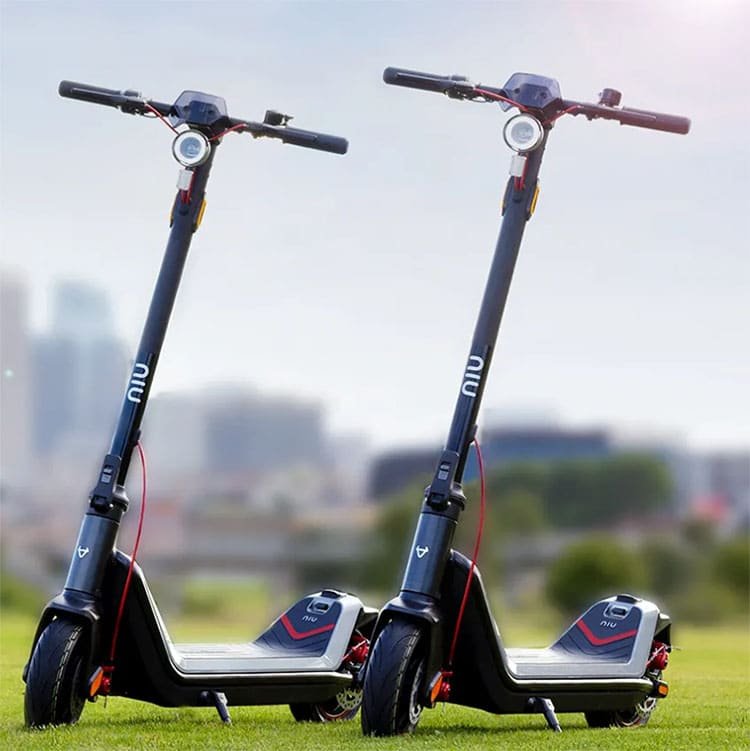
The best battery for your electric scooter depends on your preferences, finance, and requirements.
Lithium-ion batteries are the most effective, long-lasting, and robust batteries, making them the best choice.
On the other hand, lead-acid batteries are cheaper but less lasting and efficient. It could be a good choice if you have a limited budget.
How to Compare Different Batteries?
Now, after we have looked at the types of e-scooter batteries, let’s shift gears and look at how we can compare different batteries.
There are a few crucial criteria to consider when comparing various batteries.
Key Metrics for Assessing Battery Differences
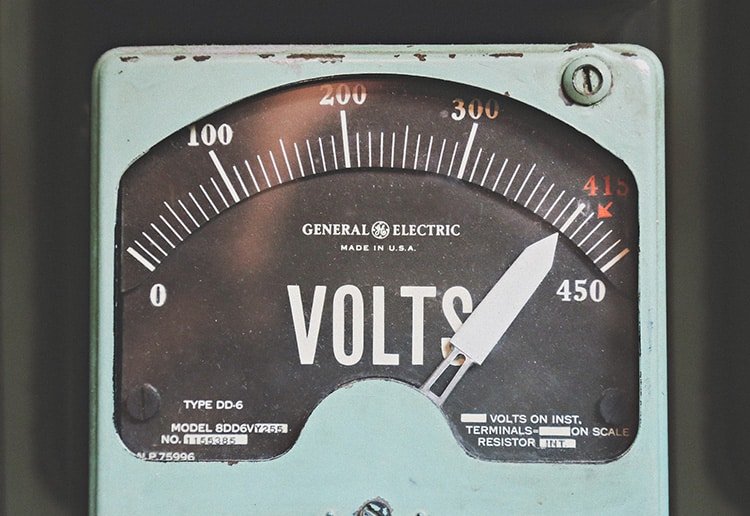
The batteries in the top electric scooter models on the market right now are no exception to the advancements in battery technology. More battery capacity, expressed in watt-hours, enables an electric scooter to travel farther.
Unfortunately, they also make the scooter bigger and heavier, which reduces its portability. The cost of the scooter as a whole rises due to batteries being one of its most expensive components.
When selecting a battery for your electric scooter, it is crucial to consider several critical factors that might impact the battery’s performance and total lifespan.
Some of the most crucial metrics to remember are listed below:
Volt
This factor is a significant consideration since it impacts the electric scooter’s speed and power.
A good general rule of thumb is that the battery output should be higher than the motor input voltage for optimum performance. Most scooters are available in volts of 20, 24, 36, 48, and 52.
Amp Hour
The amp-hour rating indicates the battery’s capacity to store energy. Longer-lasting, more powerful batteries have greater amp-hour ratings.
Most scooter batteries range in capacity from 2 Ah to 50 Ah. The performance of an electric scooter increases with battery charge.
Watt Hour
The battery’s capacity to store a certain amount of energy is indicated by its watt-hour rating.
Basically, you get Watt-hours if you multiply battery voltage by the number of Amps.
If the electric scooter battery is 36V and 10Ah, it has an energy capacity of 360Wh.
Advanced e-scooters can have capabilities of approximately 3,000 watt-hours, whereas a regular budget scooter will have a capacity of about 250 watt-hours.
How to Choose Electric Scooter Battery?
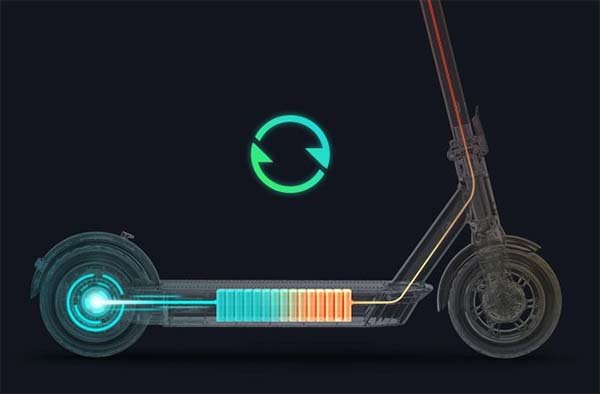
Now you know what types of batteries are there and what those amps and volts mean. With that knowledge, we should be able to make a difference between different electric scooter batteries.
As mentioned before, lithium-ion battery is the best choice in terms of battery chemistry.
- In terms of the range, look for the battery that has the most amps.
- In terms of performance, look for the battery that has the most volts.
In an ideal world, you want a scooter that has a high-voltage battery with a high amount of amps.
Let’s assume you are choosing between 2 electric scooters.
- One has a 36V 10Ah battery
- Another has 48V 7.5Ah battery
Both batteries have 360 Wh of energy capacity. Which one to choose?
Well, if everything else (motor power, the weight of the scooters, etc) is the same, then:
- The first one would have a better range but it could deliver less power to the motor, which could result in worse performance.
- The second one would have less range but thanks to the higher voltage, it could deliver more power to the motor. Therefore, it would have a better performance.
How Far Can an Electric Scooter Go in a Single Charge?

An electric scooter’s range varies and depends on several variables, including
- battery type
- rider’s weight
- speed
- type of terrain
- and how frequently you start and stop.
Cheap electric scooters usually have a range of about 10-15 miles (15-25 km). However, long-range electric scooters can have a range of over 50 miles (80 km).
Removable (Swappable) Batteries vs Built-In Batteries
Most electric scooters come with a built-in battery. However, there are some electric scooter models with removable batteries.
The main difference between removable batteries and built-in batteries in electric scooters is their accessibility and convenience.
Built-In Battery
Built-in batteries are integrated into the frame of the electric scooter and you cannot remove or swap them out. These batteries are typically lighter and more compact than swappable batteries
You can charge a built-in battery with a charging cable that is connected to the scooter.
The downside is that if the battery runs out of power, you will need to stop and wait for it to recharge before continuing your ride.
Removable Battery
Removable batteries are designed to be easily detached from the scooter and replaced with a fresh battery.
This means that you can carry an extra battery with you and swap it out when the original battery runs out of power. By that, you can continue the ride without having to stop and wait for the battery to recharge.
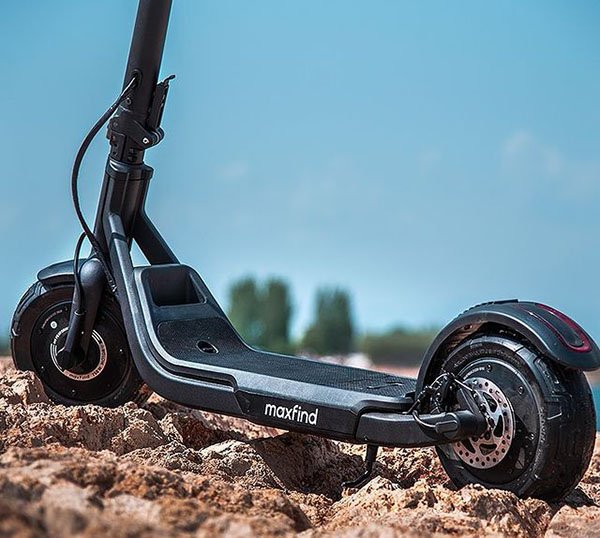
Swappable batteries are also convenient for charging, as you can charge a battery separately from the scooter.
The downside is that swappable batteries can add weight and bulk to the scooter and may require additional accessories to carry them.
How Long Do Electric Scooter Batteries Last?
The type of battery, how often it is used, and how well it is maintained are some variables that affect how long an electric scooter battery lasts.
With proper care and maintenance, batteries for electric scooters typically last 2 to 4 years.
How to Prolong the Lifespan of E-Scooter Battery?
The life span of a battery varies depending on brand and quality. Below are ways to prolong the lifespan of your e-scooter battery:
- Avoid using your battery on red. (Make sure the power is never lower than 10%)
- Avoid overcharging
- Store the battery in a cool and dry place
- Do not expose the battery to extreme temperatures
Related: How to Charge Electric Scooter Properly?
Can You Replace Electric Scooter Battery?
Yes, batteries for electric scooters can be replaced. The kind of battery and the total cost of the electric scooter will determine whether or not it is economical to replace the battery.
In some circumstances, buying a new electric scooter could be more cost-effective than replacing the battery.
When and Why E-Scooter Battery Need to be Replaced?
The lifespan of an electric scooter’s battery is similar to any other type of battery. The battery’s ability to maintain a charge will deteriorate with time.
As a result, the electric scooter’s range will diminish, and its battery life will require more frequent recharging; that is when the battery needs to be replaced.
How to Choose a Replacement Battery?
It’s crucial to pick a new battery for an electric scooter that works with both the motor and charging system of the e-scooter. Although it is possible, it might not always be economical to replace the battery.
Purchasing a replacement battery from the scooter’s manufacturer is the simplest method to find the right replacement.
When buying a third-party battery, it is crucial to conduct research and read reviews to ensure it is dependable and secure.
The capacity of the replacement battery is a crucial factor to consider. A battery with a bigger capacity will provide a greater range, but it could also cost more.
How to Safely Dispose of a Damaged Battery?
It’s important to dispose of an electric scooter battery properly. Electric scooters frequently use lithium-ion batteries, which can be hazardous if disposed of incorrectly.
To find out how to safely dispose of the battery, get in touch with a nearby battery recycling business or hazardous waste facility. You can find one near you online. You can also check with the local authorities what’s the best way to dispose of batteries and electronics.
Never try to puncture or dismantle the battery yourself.
Electric Scooter Batteries FAQs
What is Battery Pack in an Electric Scooter?
A battery pack in an electric scooter is a collection of individual batteries wired together to provide a single source of power.
It is responsible for supplying electrical energy to the motor, lights, and other electrical components of the scooter. The battery pack is usually located under the footboard or inside the frame of the scooter.
What is Battery Management System (BMS)?
A Battery Management System is an electronic system that monitors and manages the performance of the battery pack in an electric scooter.
It regulates the charging and discharging of the battery, ensures that each cell in the battery pack is balanced, and protects the battery from overcharging, overheating, and over-discharging.
The BMS also provides information about the battery’s state of charge, voltage, and temperature, which is used by the scooter’s controller to optimize performance and efficiency.
What is C-Rate?
C-Rate refers to the rate at which a battery can be charged or discharged relative to its capacity. It is expressed as a multiple of the battery’s capacity, typically in units of “C”.
For example, a battery with a capacity of 1 Ah charged at 1C would have a charging current of 1 A, and would be fully charged in 1 hour.
Similarly, discharging the same battery at 2C would discharge it in 30 minutes, as the discharge rate is twice the capacity.
What is Voltage Sag?
Voltage sag is a temporary decrease in the voltage output of a battery or power source during a period of high current demand.
This can occur when the battery is supplying power to the motor of an electric scooter during acceleration or going up hills, for example.
The voltage drop is usually caused by the internal resistance of the battery or power source, which increases as the current demand increases.
Conclusion
In order for electric scooters to function, batteries are required. The scooter is powered by a battery. Similarly, its range will depend on the battery.
It’s crucial to contrast the various possibilities based on critical parameters like voltage, amp hour, and watt-hour when deciding which type of battery is appropriate for your bike. Li-ion batteries are the most common in e-scooters.

The founder and the editor-in-chief of the Electric Wheelers blog. With a previous background in IT, sales, and video editing, he has now established himself as a micromobility expert.
He bought his first e-scooter over 5 years ago and since then has owned dozens of e-scooters and e-bikes. His deep understanding of the technical aspects, coupled with a keen eye for market trends, enables him to provide insightful and reliable content.
His commitment to promoting sustainable and efficient urban mobility solutions has made him a respected voice in the community of eco-friendly transportation enthusiasts.



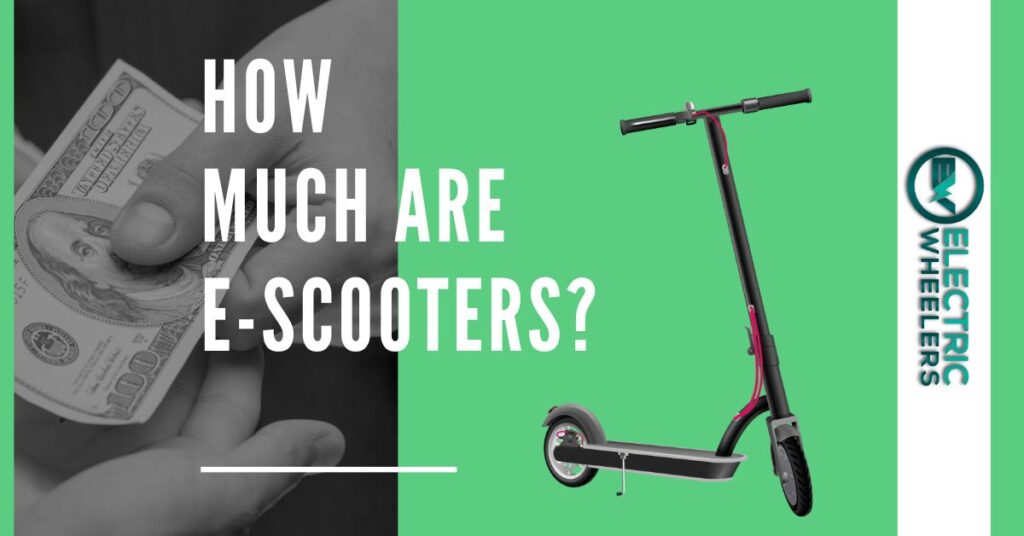

Found your article by accident. Very informative. Now I know what to buy. Helped an old man out, thank you. Al